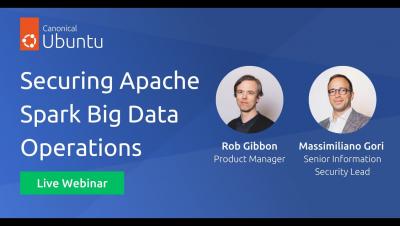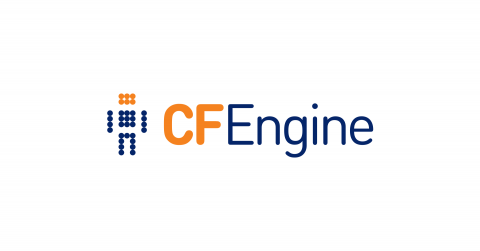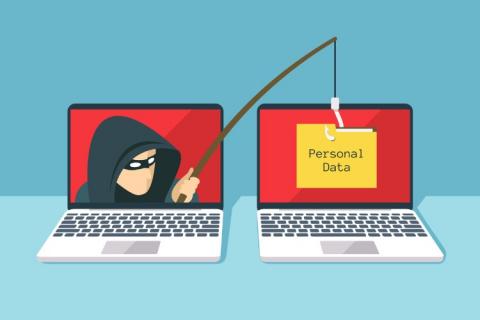Operations | Monitoring | ITSM | DevOps | Cloud
Security
The latest News and Information on CyberSecurity for Applications, Services and Infrastructure, and related technologies.
Protecting Our Partners from Cyber Attacks
Securing Apache Spark Big Data Operations
Docker container security: demystifying FIPS-enabled containers with Ubuntu Pro
In today’s rapidly changing digital environment, the significance of robust Docker container security measures cannot be overstated. Even the containerised layer is subject to compliance standards, which raise security concerns and compliance requirements. Docker container security measures entail safeguarding our lightweight, appliance-type containers –each encapsulating code and its dependencies– from threats and vulnerabilities.
The Human Element of Preventing Supply Chain Attacks: Security Insights Podcast Ep. 12
Top 3 SIEM Optimizations - How to Get More From Your Existing Tech Stack
In today’s digital-first world, most security problems are actually data problems, and data volumes are outpacing organizations’ abilities to handle, process, and get value from it. You’ll have 250% more data in five years than you have today, but the chances of your budget increasing to match that are slim. The challenges that come with managing the rise in enterprise data volume directly affect your ability to adequately address cybersecurity risks.
Zero trust security for CI/CD pipelines
The zero trust security model is an approach to network security that enforces strict access controls and authentication at every stage of the software development lifecycle. It treats every user, device, and transaction as a security risk and uses the principle of least privilege to restrict access to sensitive resources and minimize the potential attack surface.
Migrating to cfbs
Traditionally, CFEngine policy sets are managed as a whole. When upgrading the Masterfiles Policy Framework (MPF)1 users must download the new version of the policy framework and integrate it into the existing policy set, carefully diffing the vendored policy files against their currently integrated policy. Updates to policy authored by others must be sought out and similarly integrated.











